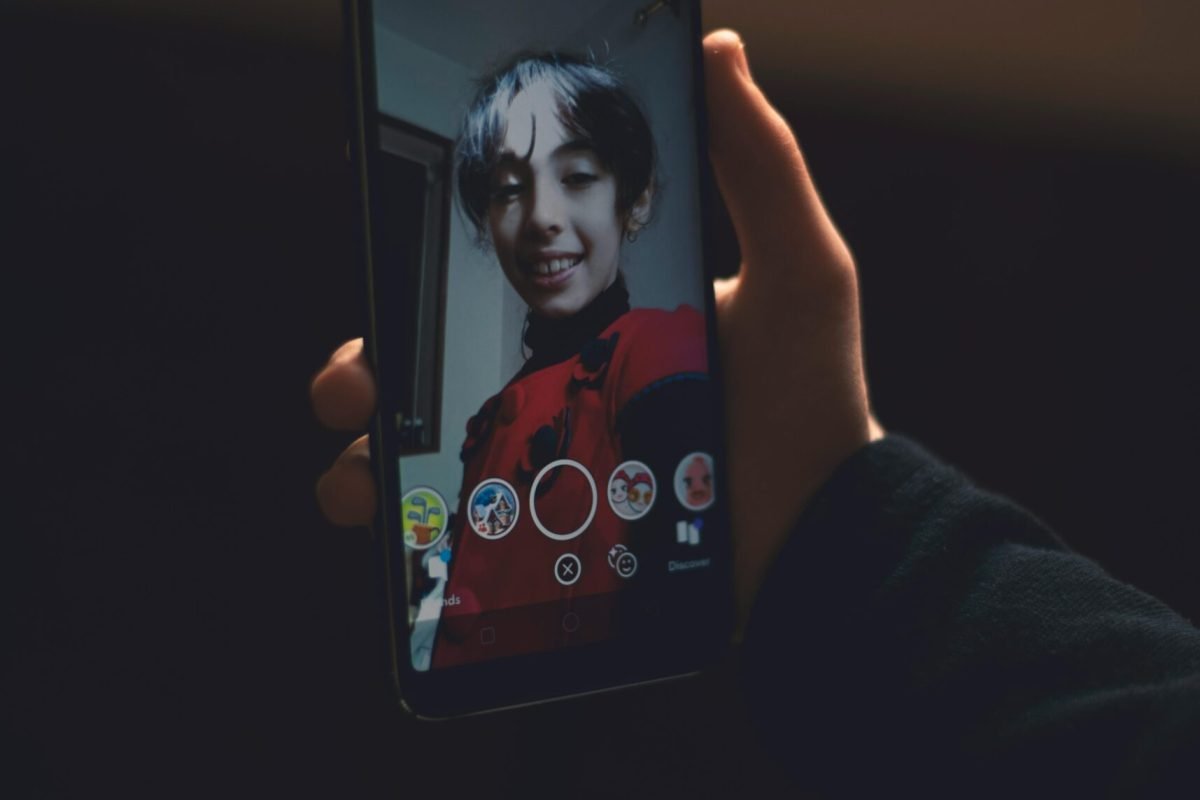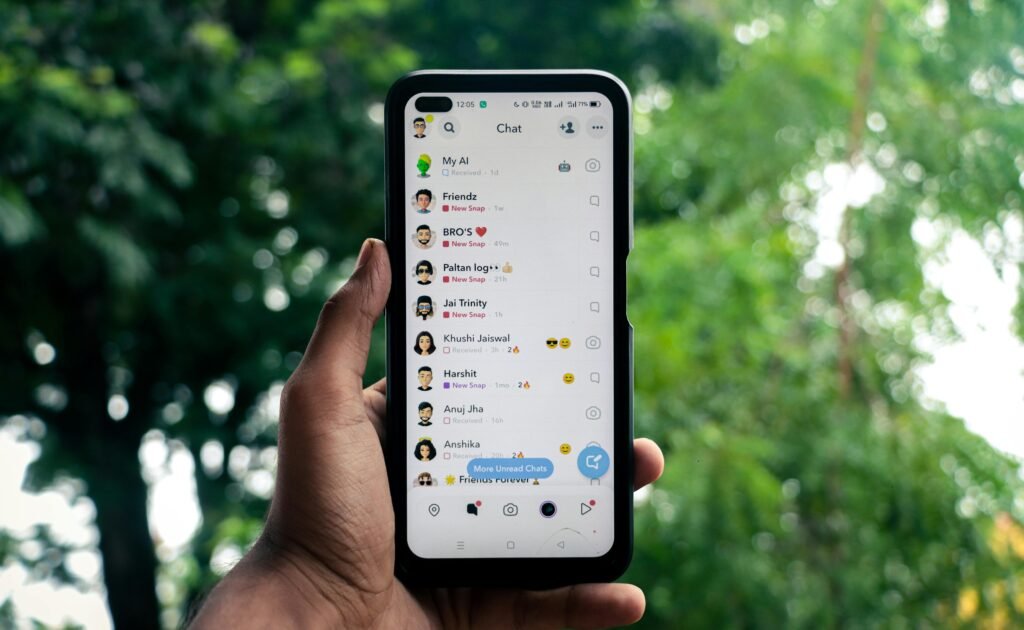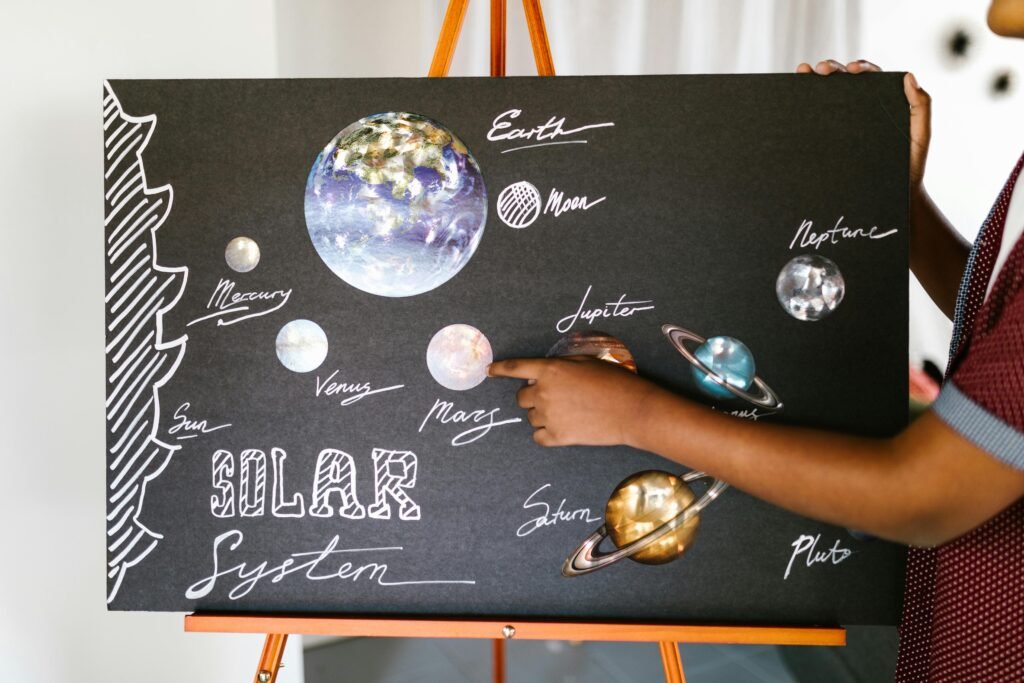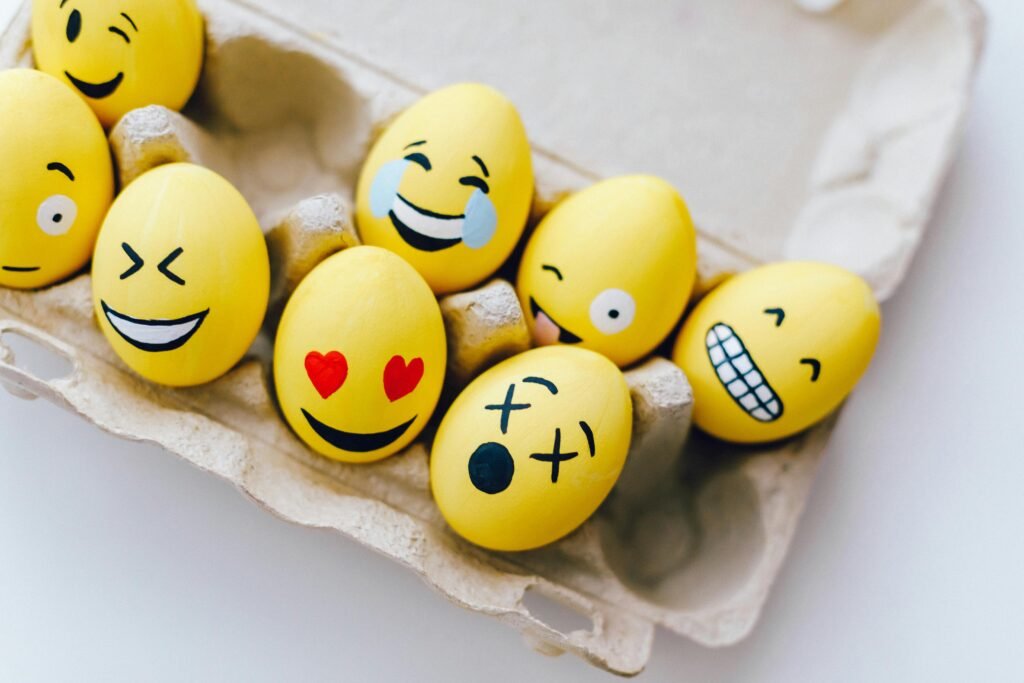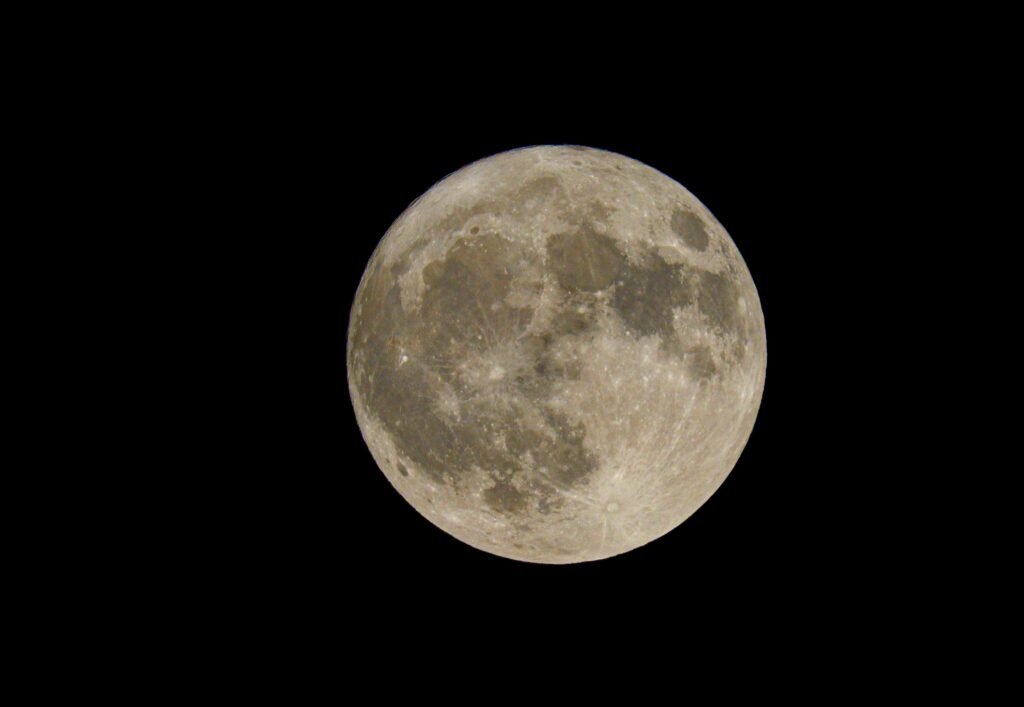
Snapchat’s ever-evolving features keep users engaged with creative and intuitive ways to manage their social interactions. One such feature, the Snapchat Moons, stands out as a subtle yet powerful tool for controlling notifications. This comprehensive guide dives deep into what Snapchat Moons mean, how they work, and how to use them effectively to enhance your Snapchat experience in 2025. Whether you’re a casual user or a Snapchat Plus subscriber, this article covers everything you need to know about the moon symbol and its role in the Snapchat ecosystem.
What Are Snapchat Moons? Understanding the Do Not Disturb Mode
The Snapchat Moons symbolize the Do Not Disturb (DND) mode for specific chats or friends on the Snapchat app. When activated, this feature mutes notifications from designated contacts or group chats, allowing users to stay focused without being interrupted by constant pop-ups. Unlike blocking or unfriending, enabling DND ensures you can still view and respond to messages at your convenience, maintaining your friendships without the pressure of immediate replies.
The moon icon appears next to a chat or friend’s name when DND is active, serving as a visual cue that notifications are silenced. This feature is particularly useful for managing high-volume group chats, prioritizing work or study time, or simply taking a break from specific conversations without cutting ties. Snapchat Moons are not tied to time zones, sleep schedules, or user activity status—they solely represent the DND setting for a particular interaction.
Why Snapchat Moons Matter in 2025
In 2025, Snapchat continues to prioritize user control and personalization. The moon symbol empowers users to curate their notification experience, ensuring they stay connected on their terms. With the rise of digital wellness, features like Snapchat Moons align with the growing demand for tools that help manage screen time and mental bandwidth. By muting distractions, users can focus on meaningful interactions, making the app a more intentional space for communication.
How to Enable Snapchat Moons: A Step-by-Step Guide
Activating the Do Not Disturb mode to display the Snapchat Moon icon is straightforward. Follow these steps to mute notifications for a specific friend or group chat:
- Open the Snapchat App: Launch Snapchat on your iOS or Android device and log in to your account.
- Navigate to Your Chats: Tap the chat icon at the bottom of the screen to view your conversations.
- Select a Friend or Group Chat: Long-press the name of the friend or group chat you want to mute.
- Access Chat Settings: A menu will appear. Tap Chat Settings (represented by a gear icon).
- Enable Do Not Disturb: Select Do Not Disturb from the options. A moon icon will now appear next to the chat, indicating that notifications are muted.
To disable DND, repeat the process and toggle off the Do Not Disturb option. The moon icon will disappear, and notifications will resume as normal.
Snapchat Moons vs. Other Snapchat Symbols: Key Differences
Snapchat is known for its array of symbols, each serving a unique purpose. Understanding how Snapchat Moons differ from other icons is crucial for mastering the app’s communication dynamics. Here’s a detailed comparison:
- Snapchat Moons: Indicate Do Not Disturb mode for a specific chat. Notifications are muted, but messages remain accessible. The moon does not reflect user activity or availability.
- Snapchat Planets: Exclusive to Snapchat Plus subscribers, planets represent your top eight best friends based on interaction frequency. For example, Mercury is your closest friend, while Neptune is your eighth. Planets are part of the Friend Solar System feature.
- Activity Indicators: Green dots or Bitmoji actions show when a friend is active or online. Unlike moons, these reflect real-time user status.
- Snapstreak Emojis: Fire emojis denote consecutive days of snapping between friends. These are unrelated to notifications and focus on interaction consistency.
Common Misconceptions About Snapchat Moons
Many users mistakenly believe Snapchat Moons indicate a friend’s sleep status or time zone. This is incorrect. The moon symbol is solely a notification management tool and does not provide insights into a user’s activity or location. Additionally, moons do not affect your position in a friend’s Best Friends list or Friend Solar System, as these are determined by interaction frequency, not notification settings.
How Snapchat Moons Enhance Your Snapchat Plus Experience
For Snapchat Plus subscribers, the Snapchat Moons feature complements other premium tools like the Friend Solar System, custom app icons, and priority support. Priced at $3.99 per month or $39.99 annually, Snapchat Plus offers enhanced personalization and control. While the moon feature is available to all users, combining it with Plus-exclusive features creates a tailored app experience.
Benefits of Using Snapchat Moons with Snapchat Plus
- Streamlined Notifications: Mute non-priority chats to focus on your top friends, as visualized by your Friend Solar System planets.
- Improved Focus: Silence group chats during work or study sessions, ensuring uninterrupted productivity.
- Privacy Without Disconnecting: Maintain friendships without the pressure of instant replies, preserving your digital boundaries.
- Seamless Integration: The moon icon integrates smoothly with Snapchat Plus’s visual interface, enhancing the app’s aesthetic appeal.
To maximize your Snapchat Plus subscription, use Snapchat Moons alongside features like pinning your #1 BFF or customizing story expiration dates. These tools collectively empower you to craft a personalized Snapchat experience.
Tips for Using Snapchat Moons Effectively in 2025
To make the most of the Snapchat Moons feature, consider these practical tips:
- Prioritize Key Conversations: Mute group chats or less urgent friends to keep your notification feed focused on your Mercury or Venus-ranked best friends.
- Use During Focus Time: Activate DND for specific chats during meetings, study sessions, or personal downtime to minimize distractions.
- Reconnect Strategically: Check muted chats periodically to stay engaged with friends without overwhelming your inbox.
- Combine with Snapstreaks: Maintain Snapstreaks with muted friends by manually checking their snaps, ensuring you don’t lose streaks due to missed notifications.
- Customize for Events: Mute chats temporarily during events or vacations to enjoy uninterrupted moments while staying connected.
Best Practices for Notification Management
- Review Regularly: Audit your muted chats weekly to ensure you’re not missing important updates from friends.
- Balance Engagement: Avoid over-muting to prevent friends from feeling ignored, especially those in your top eight Friend Solar System.
- Leverage Snapchat Plus Features: Use the extended Best Friends list (up to 16 friends) to monitor interactions and decide which chats to mute or prioritize.
Snapchat Moons and Digital Wellness: A 2025 Perspective
In 2025, digital wellness is a priority for social media users. Snapchat Moons align with this trend by offering a tool to manage notification overload. By silencing non-essential chats, users can reduce stress and maintain a healthier relationship with their devices. This feature is particularly valuable for Gen Z, Snapchat’s core demographic, who value authenticity and intentionality in their online interactions.
The Role of Snapchat Moons in Mental Health
Constant notifications can contribute to anxiety and reduced focus. Snapchat Moons mitigate this by allowing users to curate their notification experience. For example, muting a high-volume group chat during a busy day ensures you stay connected without feeling overwhelmed. This balance fosters a sense of control, enhancing mental well-being and making Snapchat a more enjoyable platform.
Frequently Asked Questions About Snapchat Moons
The moon symbol indicates that Do Not Disturb mode is active for a specific chat or friend, muting notifications while allowing you to view messages manually.
No, Snapchat Moons do not reflect sleep status, time zones, or activity. They solely indicate that notifications are muted for a chat.
No, enabling DND does not impact your position in a friend’s Friend Solar System, which is based on interaction frequency, not notification settings.
No, the Do Not Disturb feature and moon icon are available to all Snapchat users, though Snapchat Plus offers additional tools to enhance the experience.
Long-press the chat, tap Chat Settings, and toggle off Do Not Disturb. The moon icon will disappear, and notifications will resume.

